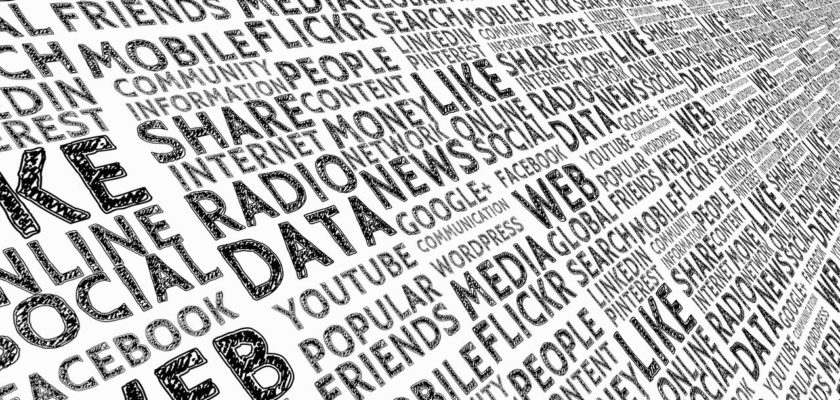Before the internet, it was easy for individuals to identify miscommunication or fake news. There were local newspapers in grocery stores checkout lines and sensationalized news programs that promised viewers an in-depth look into the lives of celebrities.
But today, it’s hard to differentiate between real and fake news since there are thousands if not millions of news sites-each with twisted stories to appeal to their readers. Social media apps have also contributed so much to the influx of fake news.
The influx of fake news is a challenge, especially to students. Students mostly depend on the internet for information for their assignments. However, only 14% of American students can reliably distinguish between fact, opinion, or false information on the internet.
This figure is quite alarming since we live in an era where over 68% of American adults derive their news from social media- platforms, where most individuals present opinions as facts. Even though social media outlets like Facebook and Twitter have pledged to tackle fake news, the results are lackluster.
Therefore, this calls for advanced detective skills in students to determine the credibility of news and the protection of truthful information.
Why does someone need false data?
Since fake news has been a major concern, especially in schools, University or college tutors have introduced education lessons about miscommunication and fake data to help students determine the credibility of the information they read. They also give out assignments on topics concerning fake news. If you have to write an essay about fake news, consider checking free essay examples about fake news at https://eduzaurus.com/free-essay-samples/fake-news/. Knowledge of fake news prevents them from spreading. The fact is, people don’t always seek false data; instead they occasionally encounter it when searching for news. And since most people publish their opinions as facts, it’s hard to determine which of the information is true or false.
So, the influx and spread of fake news can be majorly attributed to human action. That’s why it’s crucial to learn about fighting fake news, so you can protect your friends and family from becoming victims of false data.
They will provide you with an in-depth view of fake news, from what it means to how you would fight it. From the examples, you can get an idea of how to create a great essay on a fake new thesis. With that said, here’s how you can identify fake news:
How to recognize fake news
Verify the history and reputation of the author and publication
If you’re reading an article shared or posted on Twitter or Facebook, you can immediately view where the article originated from. Click the publication link and visit the site to see any past articles on related topics. If the article shares a certain political viewpoint, written by the same author, or it’s filled with grammatic and typo errors, then the information passed by might be fake.
Determine whether news outlets are reporting the same news
Multiple media organizations often report big events, even when they didn’t break the story. Find other publications that have shared similar stories about a topic or an event. If the story is new and no other publication is posting about it, there’s a high chance the information might be bogus.
Be wary of sensational headlines
The curation of sensational headlines is one of the ways fake websites strike an emotional chord in their audience. In most cases, individuals share such kind of information without even reading the entire article. If the headline of a publication story or an article seems outlandish or just lacks the right circle of truth, browse the internet for reliable sources to confirm the accuracy of the headline and story.
Scrutinize photos and other media that accompany the stories
Another effective way fake news purveyors use to capture the attention of their audience is using images and videos. Although an image can say thousands of things, it’s worthless and damaging if it’s designed to mislead viewers rather than to inform them.
If you’re going through an article and you see an engaging image or video clip, take your time to determine whether it’s related to the story or it’s there solely to incite your emotional reaction.
You can use a service like TinEye to carry out a reverse image search. This way, you will see if an image is real or has been tampered with.
Areas where fake new are mostly found
Although fake or bogus news is not new, the internet and social media changed how it’s was created and spread. Here are the most common places you will find fake news.
- Fake News Websites: These are websites that intentionally present and host fake news. These websites are bought cheaply and designed to look as legitimate news websites as possible. The sites rely on outrage by using dubious information or distorted headlines to gain likes, shares, and profits.
- Fake Social Media Accounts: Some people can create fake Facebook accounts and other social media to sew discord or pass false information.
- Hoax websites: These are websites that deliberately present fabricated falsehood, often on a specific topic or them.
- Propaganda websites: Mostly politically motivates websites that host and share biased reference/ biographical information.
- Born Digital Images: These are manipulated images usually shared on social media with the intent to prank a gullible audience.
Conclusion
As students advance in their education and venture into professional careers, they need to learn how to differentiate between fake news stories from fact-checked journalism. We hope mentioned tips will help students identify fake news to ensure the information they read and watch is verified and accurate.


